This post may contain affiliate links from products and services we love and trust.
Are prime lenses or zoom lenses better for food photography and which do I recommend?
I’ve been photographing food for close to 10 years at the time of writing this post. I’ve used both prime lenses and zoom lenses to capture food stories.
For a couple of reasons I’ll get into later in this post, I prefer to shoot with prime lenses. Which type of lens you use will come down to your budget, how comfortable you are with owning and using multiple lenses and your creative style.
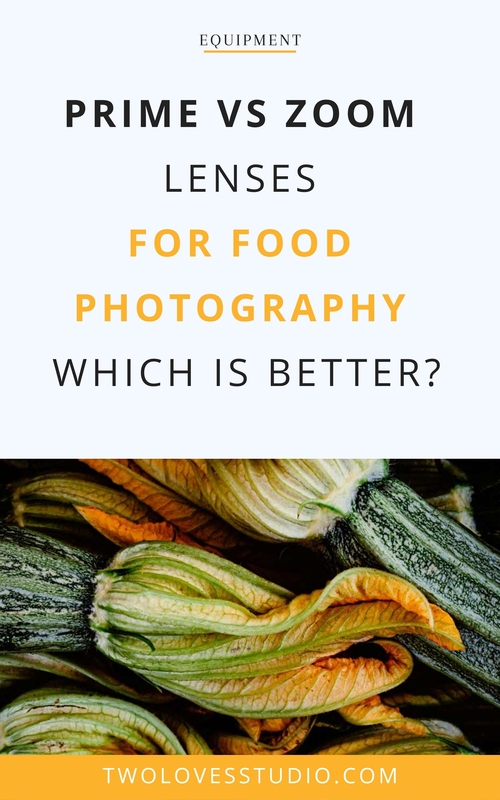
What’s The Difference Between Prime & Zoom Lenses?
A prime lens has a fix focal length, which means that the angle of view cannot be changed on the lens. Instead, you have to move the camera to fit more or less into your frame.
A zoom lens has a variable focal length, which means that you can have different angles of view by instead turning the zoom ring.
Rather than moving the camera to fit more or less into your frame, you simply turn the zoom ring instead.
How to Decide Which Lens is Right For You?
The good news is that you don’t have to have either or. Most photographers will own a combination of zoom and prime lenses. To decide which is right for you, the best thing to do is to rent both types of lenses and decide which you like. I recommend that you own at least one or two prime lenses. Professional lenses are sharp and offer options for creativity with larger apertures.
To help you decide wether you are after a prime or a zoom lens, here are some pros and cons to go through.
For me personally, I ended up selling my 24-70mm as I just didn’t use it enough. I prefer prime lenses for food photography. Having said that, I would consider owning a travel 24-70mm f/4 mirrorless Z lens.
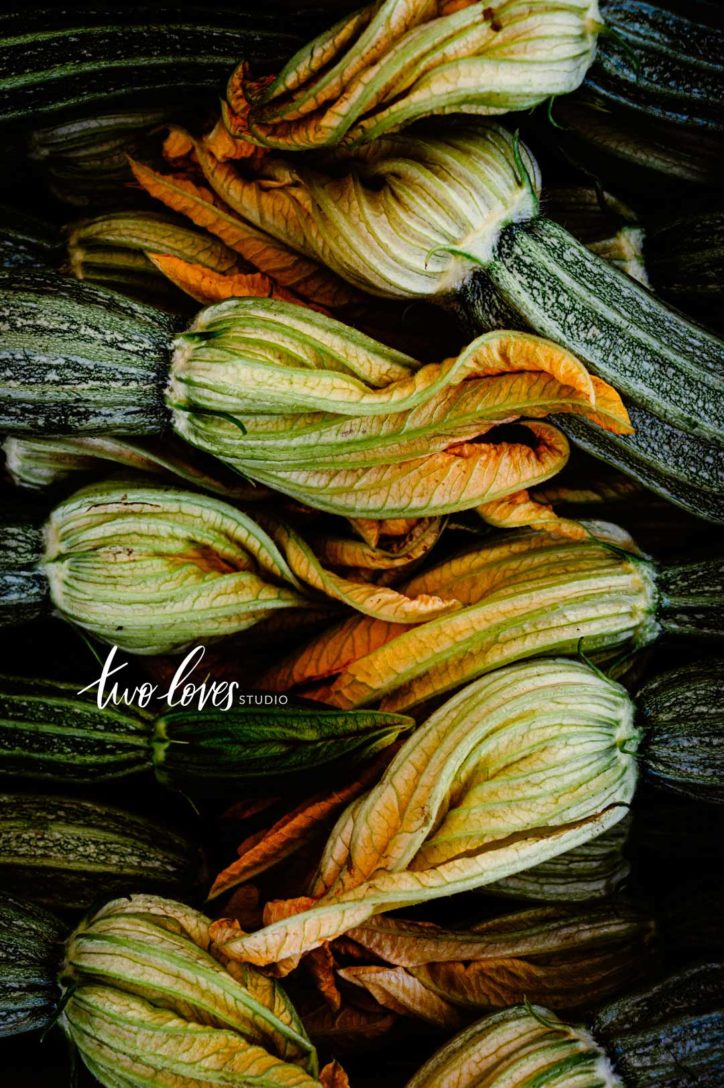
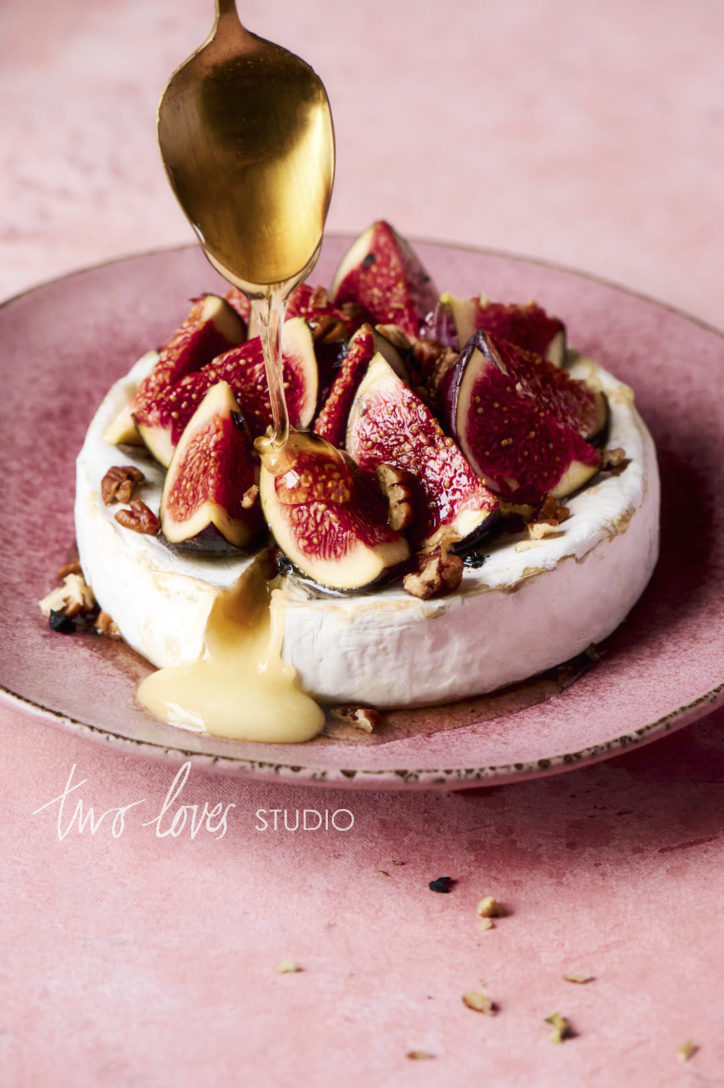
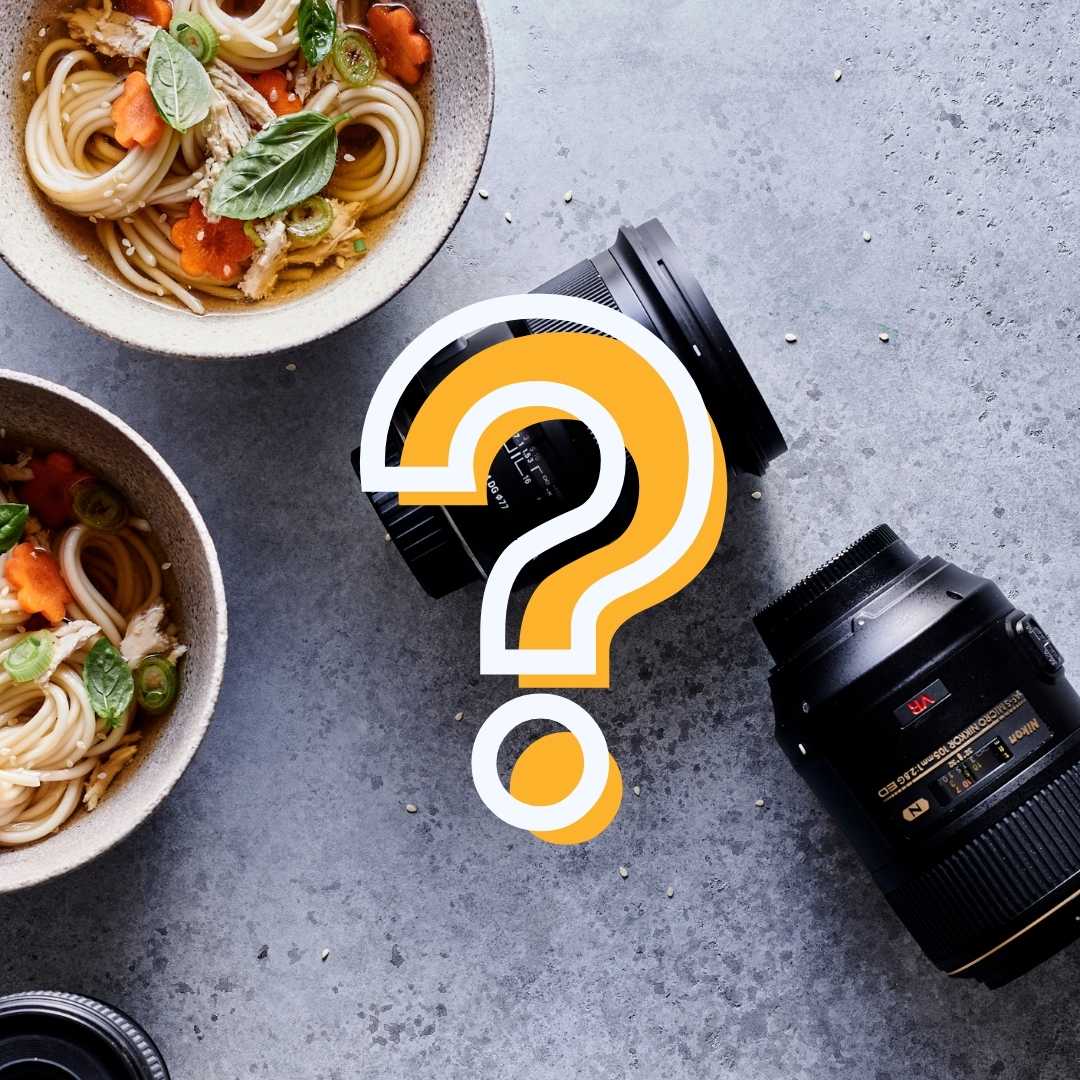
Lens Quiz
Which Lens Matches Your Food Photography Style?
Pros & Cons for Prime Lenses
Just like more camera gear, there are pros and cons to owning a prime lens. Let’s look at some of these now.
As each lens has its own unique qualities, it’s hard to make general statements. Proper due diligence should be done when comparing particular lenses.
Pros of Prime Lenses
- Tend to be sharper at the apertures we usually photograph food at
- Are less expensive than zoom lenses
- Can have larger maximum apertures likes f/1.2
- Typically macro lenses are prime lenses
- Teach you to be more creative as you have to move the camera around to get a different angle of view
Cons of Prime Lenses
- You need to buy a few different focal lengths which can be expensive
- To change focal lengths, you need to change lenses
- To change your angle of view, you need to move the camera
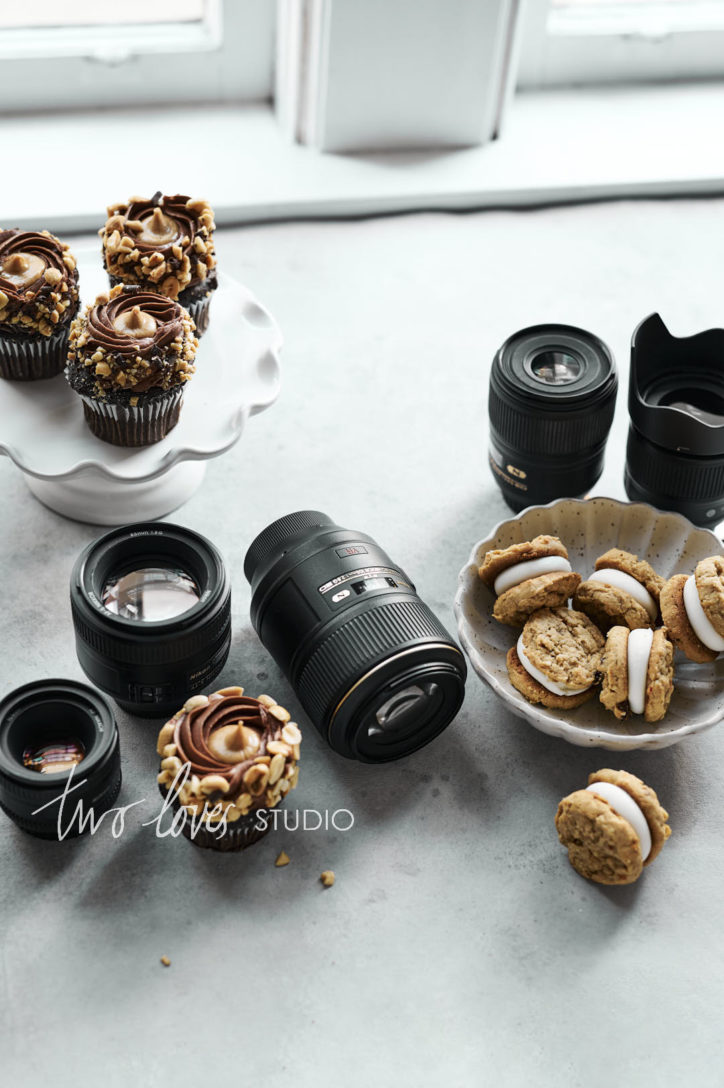
Pros & Cons for Zoom Lenses
Zoom lenses come with their own set of pros and cons. Let’s look at some of those now.
As each lens has its own unique qualities, it’s hard to make general statements. Proper due diligence should be done when comparing particular lenses.
Pros of Zoom Lenses
- You get access to multiple focal lengths in the one lens
- You can avoid owning multiple lenses which can reduce the overall cost
- Zoom lenses are great if you can only take limited gear travelling or on location
Cons of Zoom Lenses
- Tend to be less sharp than prime lenses at the apertures we shoot food at
- Are typically more expensive the larger the maximum aperture
- Can be harder to use in low light situations if you don’t have access to maximum apertures like f/2.8 or more.
- Photographers can be creatively lazy by zooming instead of moving the camera to capture fresh compositions
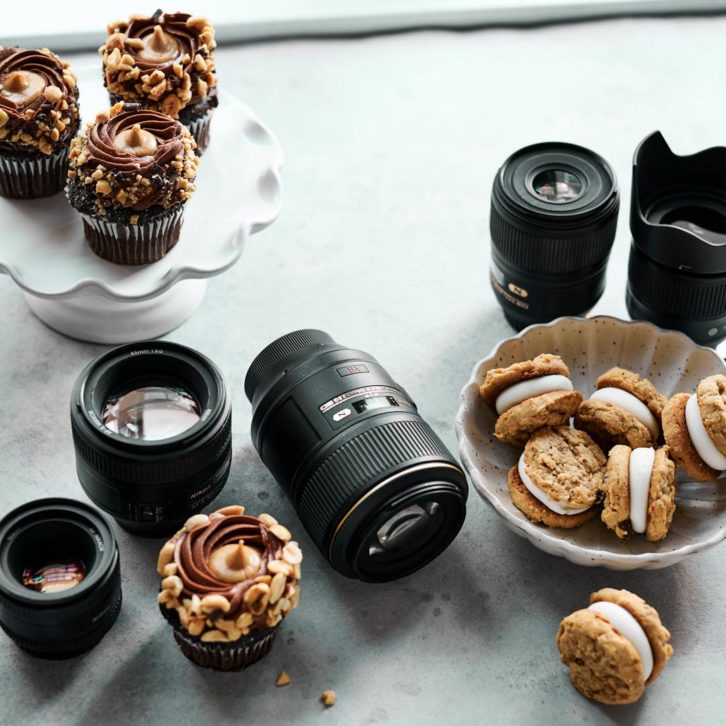
Ultimate Guide
Lenses For Food Photographers
The Best Prime Lenses for Food Photography
Here are some of the prime lens focal lengths that I recommend considering in the brand of camera that you use. To read more about each focal length and what they are good for, simply click each link below.
The best prime lenses for food photography are:
- 35mm on a cropped-sensor camera
- 50mm both cropped-sensors and full-frames
- 60mm macro on a cropped-sensor camera
- 85mm
- 90mm macro
- 100mm – 105mm macro
I favour prime lenses over zooms as a personal preference. I find them to be sharper and I like access to the larger apertures. For me, they make me more creative as I have to move the camera to get a fresh perspective.
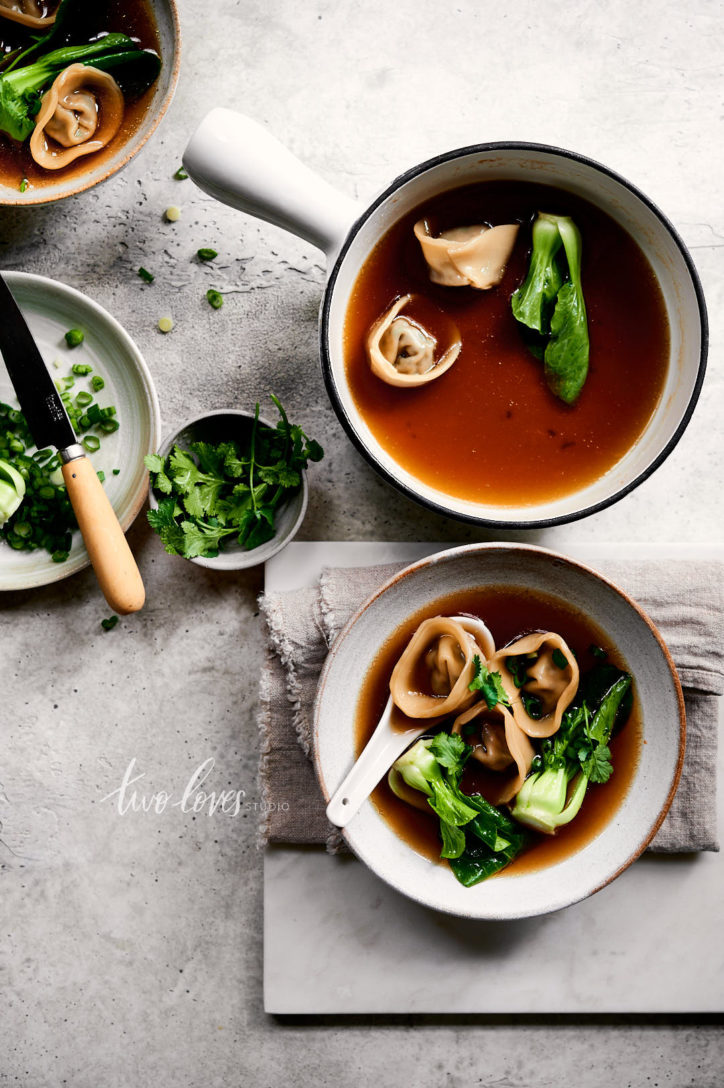
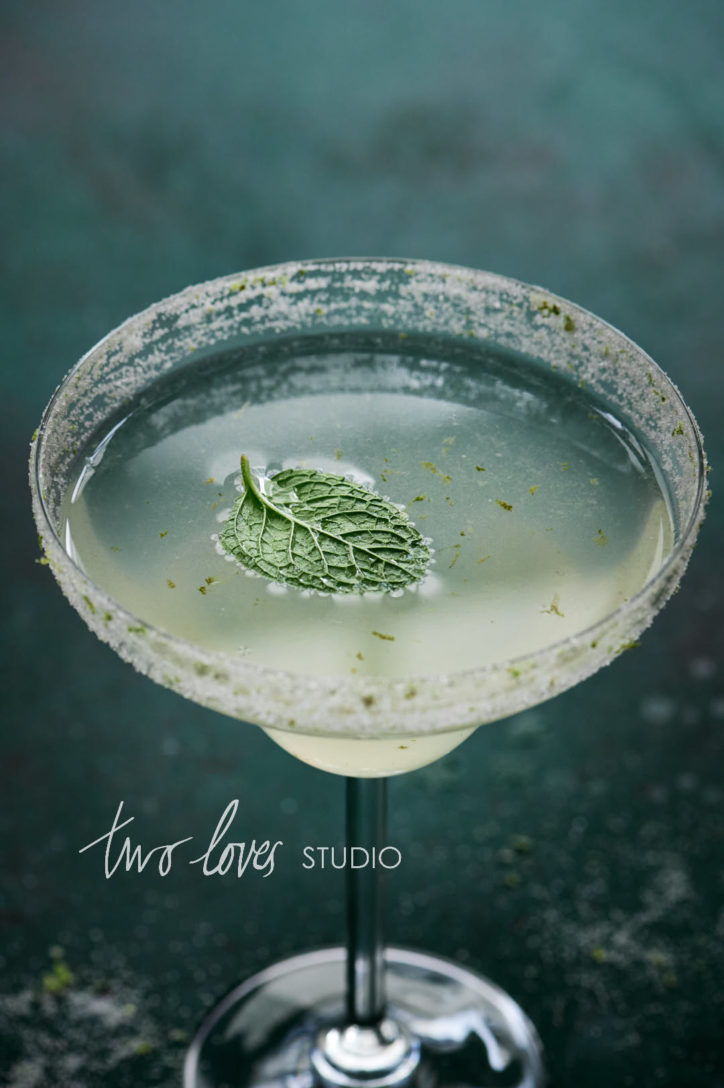
The Best Zoom Lenses for Food Photography
Here are some of the prime lens focal lengths that I recommend considering in the brand of camera that you use. My husband and I have owned both of the 24mm – 70mm and the 70mm – 200mm, but we did sell half of our zoom lenses at one point, because we just didn’t use them.
The best zoom lenses for food photography are:
- 24mm – 70mm f/2.8
- 24mm – 70mm f/4 (great option for the mirrorless Z series)
- 70mm – 200mm
- 18mm – 55mm kit lens for cropped-sensors
As each lens has its own unique qualities, it’s hard to make general statements. Proper due diligence should be done when comparing particular lenses in your brand.
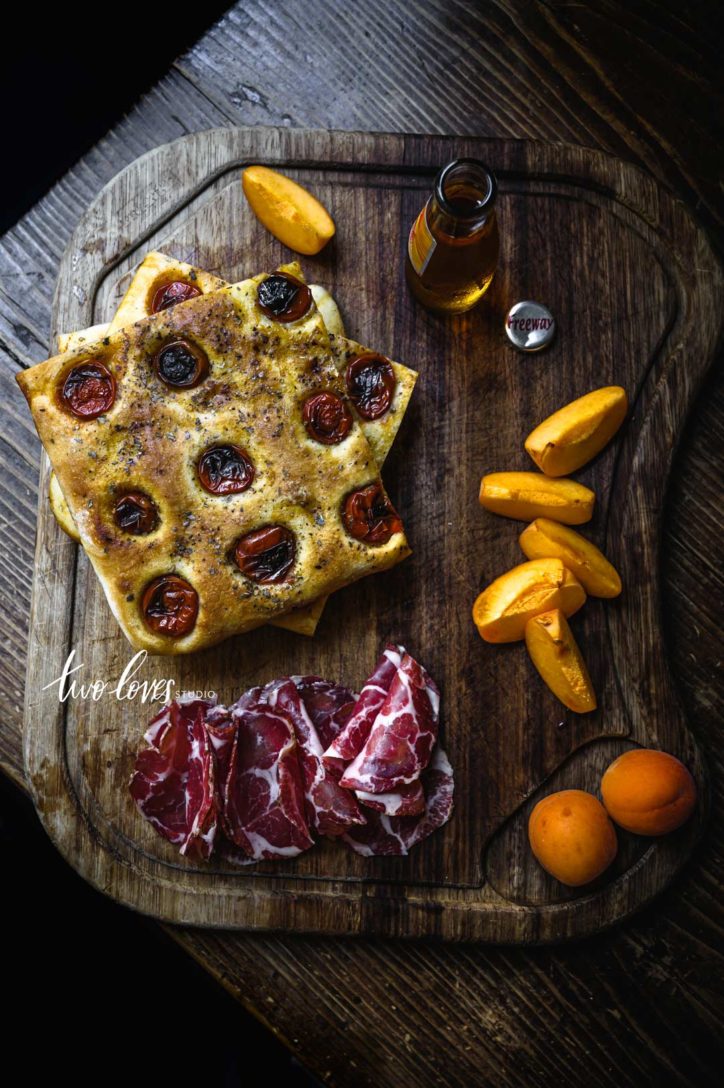
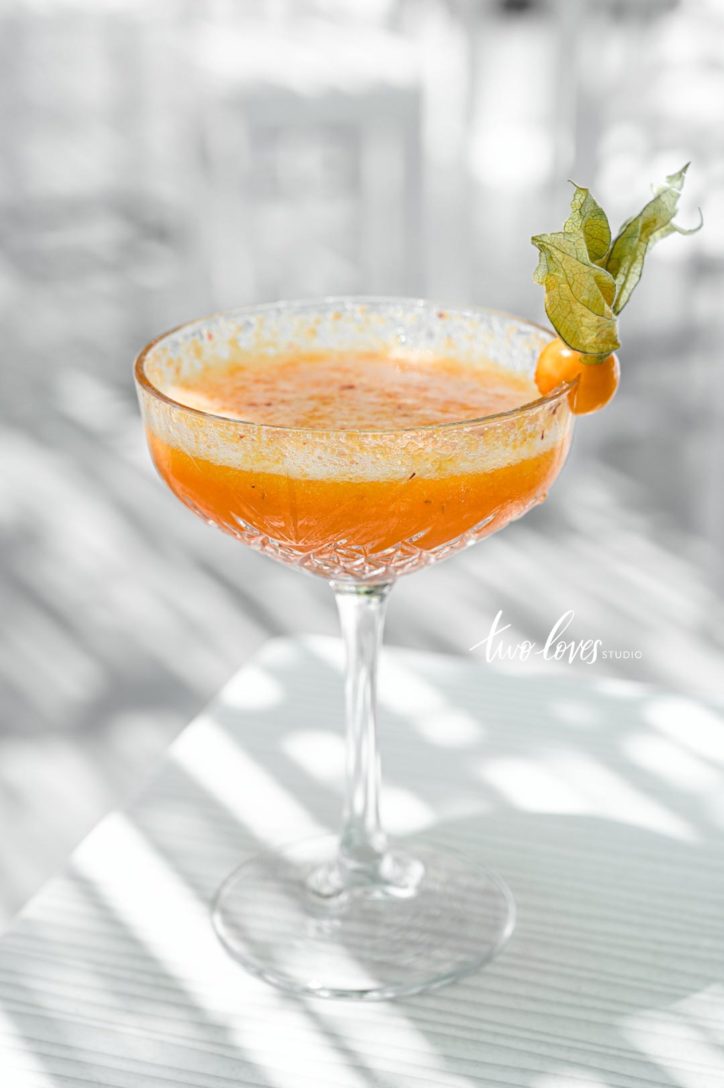
In 2019, we visited Italy and I was lucky enough to test out the Nikon Z6 with the Nikkor Z 24mm – 70mm f/4 zoom and I loved using it. It was compact, lightweight and easy to capture my food stories while travelling.
Although I don’t tend to use zoom lenses in my food photography work, I’d definitely consider a mirrorless zoom option for my other photography.
Two Loves Studio was not paid to write this post, however, it may contain affiliate links. If you purchase an item from an affiliate link, we do get a commission on the sale which helps us run this site. Only affiliates for products/services we believe in appear on this site.

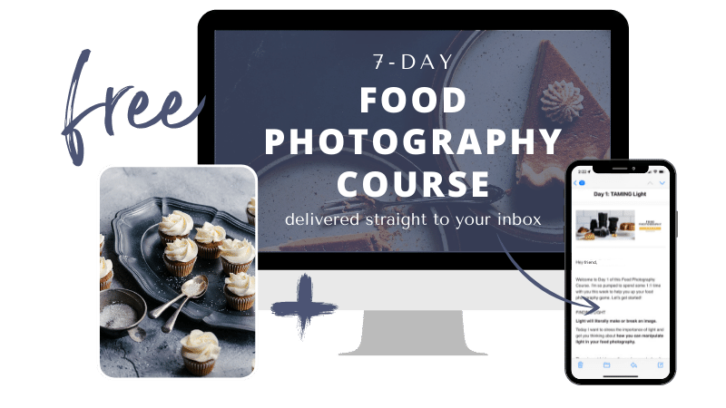

Nunzio
i like the cleanliness of your shots.
very much.
Rachel Korinek
Thank you so much Nunzio! x